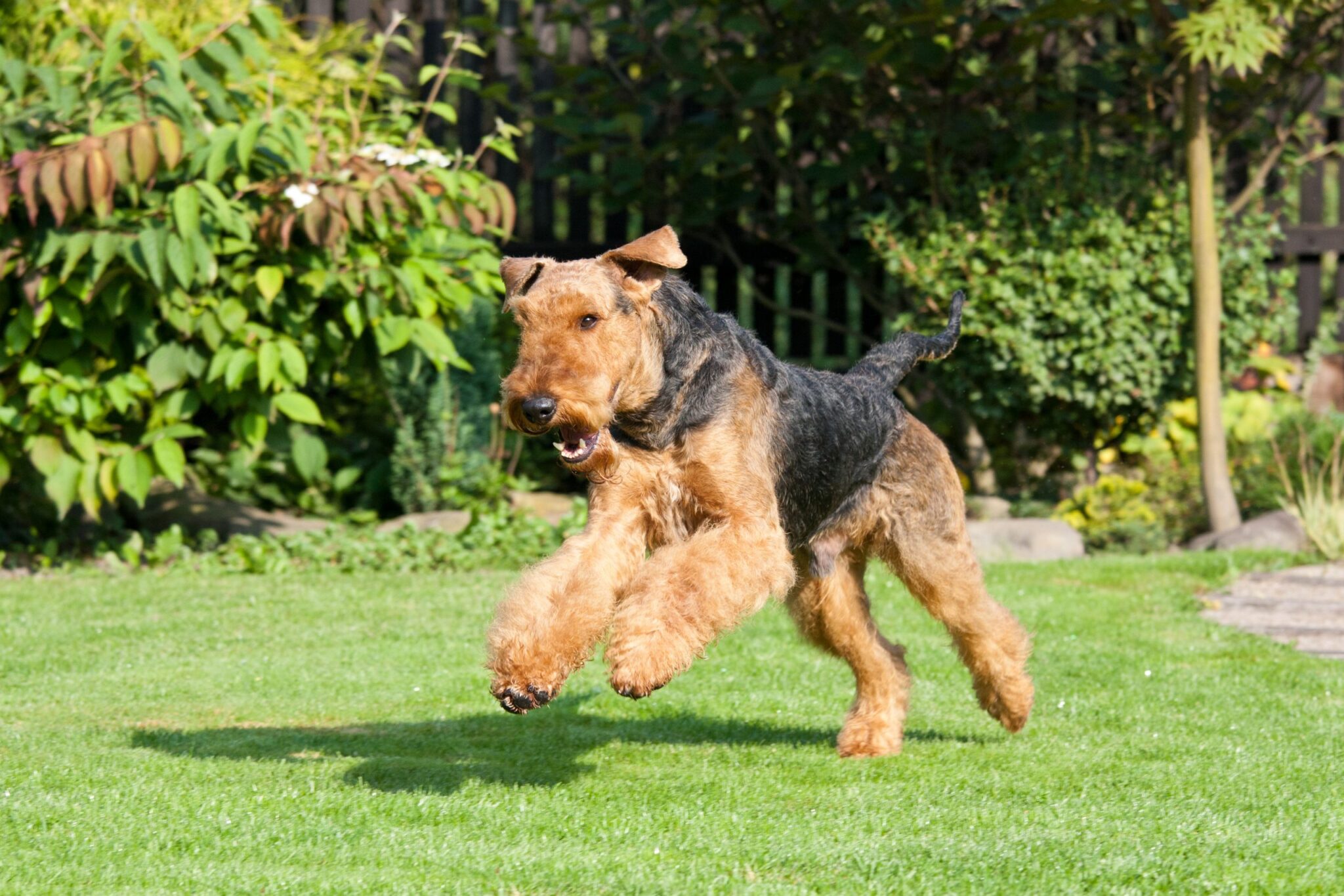 Shutterstock
Shutterstock
Dogs are incredible companions, but some breeds are born with a natural instinct to chase and hunt. These dogs possess a “prey drive”—an inborn desire to pursue smaller animals or moving objects. While this trait can make them excellent working dogs for tasks like hunting, herding, or even search and rescue, it can also make them a challenge for owners who don’t have experience handling such strong instincts. If you’re considering a breed with a high prey drive, understanding how to manage their instincts is crucial for a peaceful household.
Siberian Husky
 Shutterstock
Shutterstock
Siberian Huskies are known for their incredible energy, endurance, and, yes, prey drive. Originally bred to pull sleds across frozen tundras, Huskies have a strong urge to chase anything that moves—whether it’s a squirrel in the yard or a rabbit on a walk. Their independent nature and prey drive can make them a handful for inexperienced dog owners. It is important to keep them on a leash during walks and provide plenty of mental and physical stimulation to channel that prey drive in constructive ways.
Greyhound
 Shutterstock
Shutterstock
As one of the fastest dog breeds in the world, Greyhounds are built for speed and have an instinctual drive to chase small, fast-moving animals. Bred for racing and hunting, these dogs are hardwired to pursue prey. Although Greyhounds are surprisingly calm and lazy at home, their prey drive can challenge off-leash activities. They’ll chase anything that catches their eye, so keeping them in enclosed spaces or on a leash is crucial. If you can manage their chase instincts, Greyhounds can be wonderful companions.
Jack Russell Terrier
 Shutterstock
Shutterstock
The Jack Russell Terrier may be small, but don’t let that fool you—these little dogs are bursting with prey drive. Originally bred for hunting foxes, Jack Russells are tenacious and will chase after anything that moves. Their energy levels are off the charts, requiring a lot of exercise and mental stimulation to keep them from becoming destructive. While they’re affectionate and playful with their families, their strong prey drive means they’re not always the best fit for homes with small pets like hamsters, rabbits, or even cats.
Border Collie
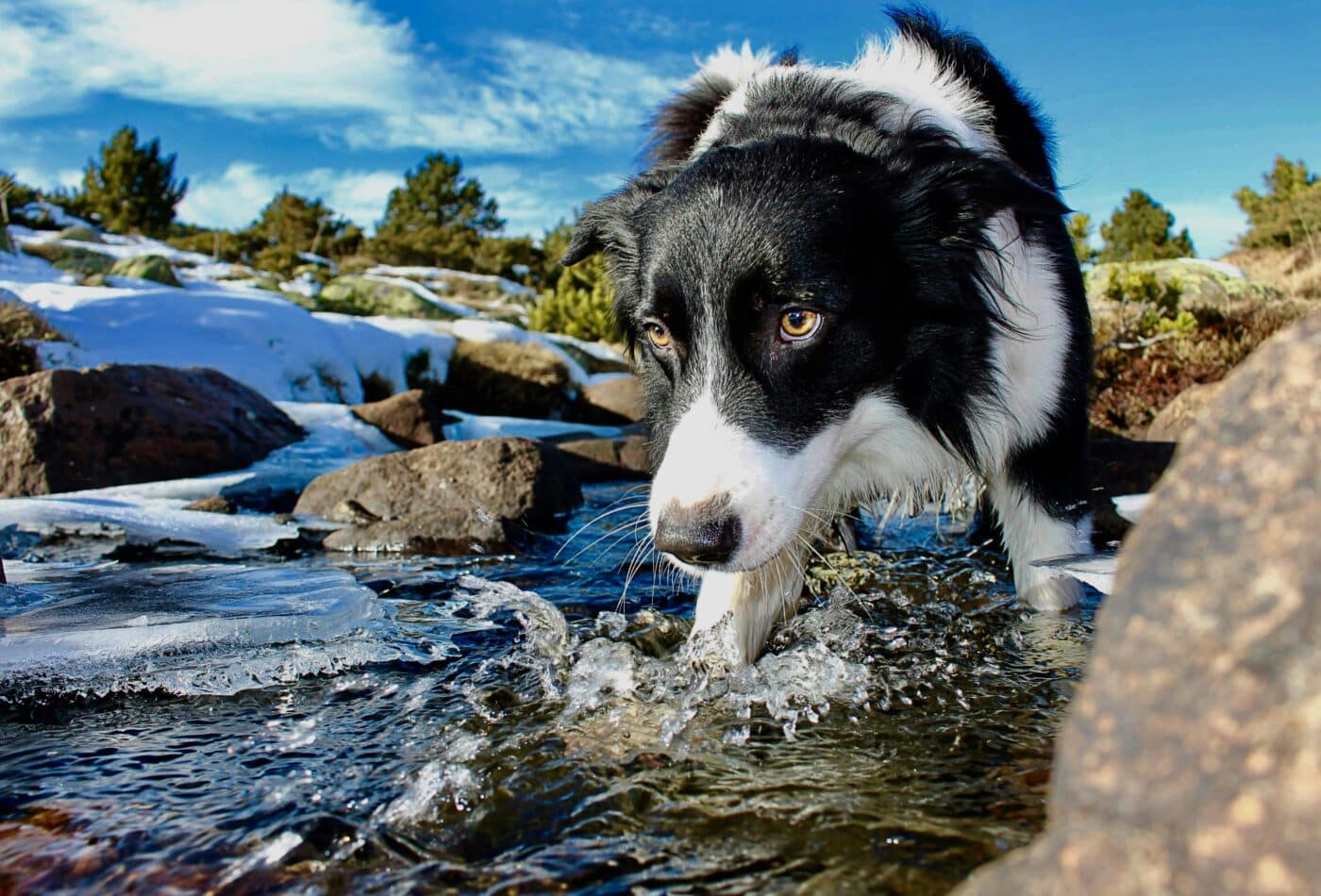 Shutterstock
Shutterstock
Border Collies are well-known for their intelligence and herding abilities, but that herding instinct often overlaps with a high prey drive. Bred to work closely with shepherds in managing livestock, Border Collies are hardwired to chase and control anything that moves. This makes them excellent working dogs but can lead to challenges in a household setting if their energy and drive aren’t properly managed. Border Collies need a job, whether herding, agility training, or long, mentally stimulating walks. They may start chasing cars, bikes, or even children without enough outlets for their prey drive.
Australian Shepherd
 Shutterstock
Shutterstock
Like the Border Collie, Australian Shepherds were bred to herd livestock, and their high prey drive is a key part of that skill set. These energetic dogs are known for their work ethic, intelligence, and instinct to chase. Whether it’s livestock, a squirrel, or a family cat, an Aussie will want to herd it! They thrive in homes that can provide them with plenty of exercise and mental stimulation. Without proper outlets for their prey drive, Australian Shepherds can become frustrated and difficult to manage, but they’re loyal and loving companions in the right environment.
Belgian Malinois
 Shutterstock
Shutterstock
Belgian Malinois are often used in police and military work because of their drive, intelligence, and loyalty. But that same drive includes a strong prey instinct, making them excellent at chasing down suspects—and anything else that runs! Their high energy and prey drive mean they need a lot of exercise and mental engagement to stay happy and healthy. If not properly trained and managed, their instinct to chase can lead to problematic behavior, but with the right training, Malinois are incredible working dogs and loyal companions.
Airedale Terrier
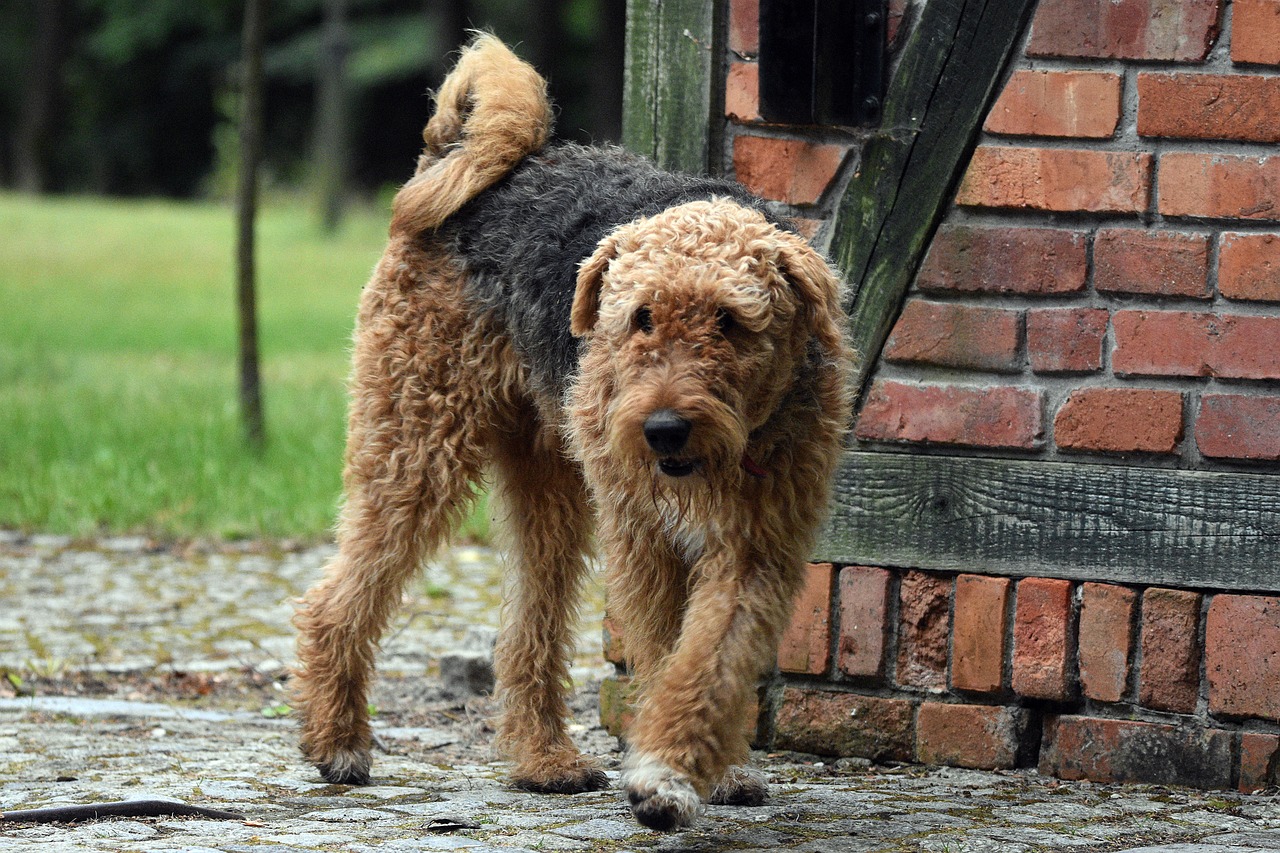 Shutterstock
Shutterstock
The Airedale Terrier, known as the “King of Terriers,” is a large, intelligent breed with a strong prey drive. Originally bred to hunt otters and rats, Airedales naturally chase and catch small animals. This breed is highly energetic and requires plenty of exercise and mental stimulation to satisfy them. While friendly and protective, their prey drive means they’re likely to chase after smaller pets or wildlife if given the chance. With consistent training, Airedales can be well-behaved companions, but their hunting instincts will always be part of their personality.
Weimaraner
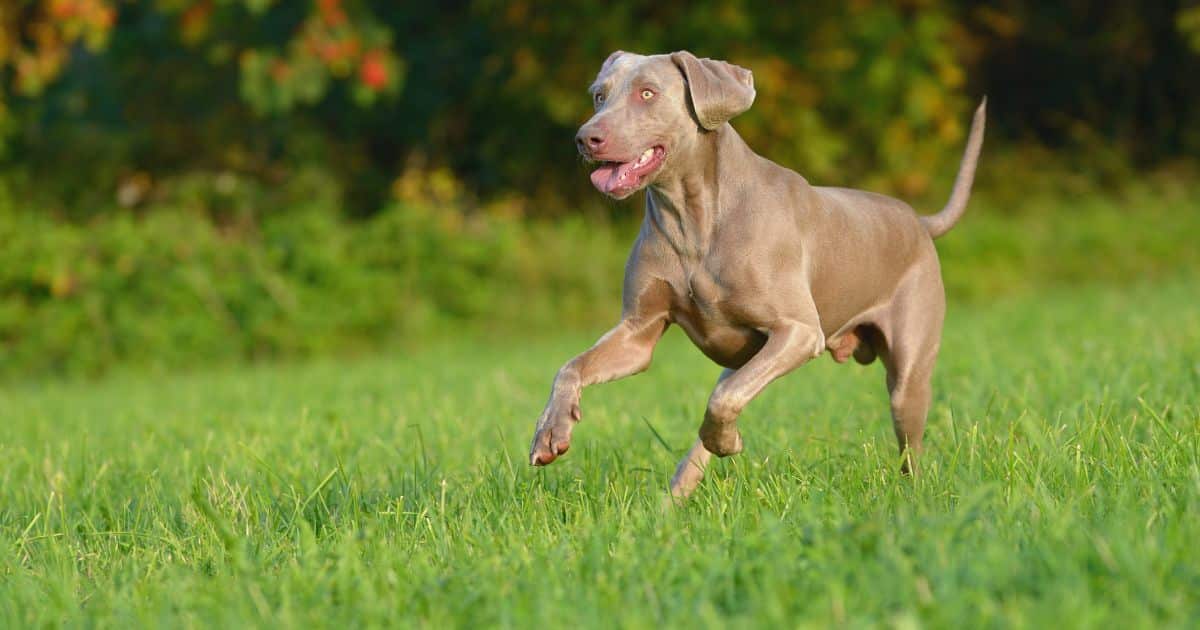 Shutterstock
Shutterstock
Weimaraners are sleek, energetic dogs bred for hunting large game, such as deer and boar. Their hunting background means they have a strong prey drive and a desire to chase anything that moves. Weimaraners are incredibly loyal and affectionate with their families, but they need a lot of exercise to channel their energy and prey instincts. Without enough activity, they can become frustrated and difficult to manage. Proper training and physical activity are essential for keeping a Weimaraner happy and well-behaved.
Rhodesian Ridgeback
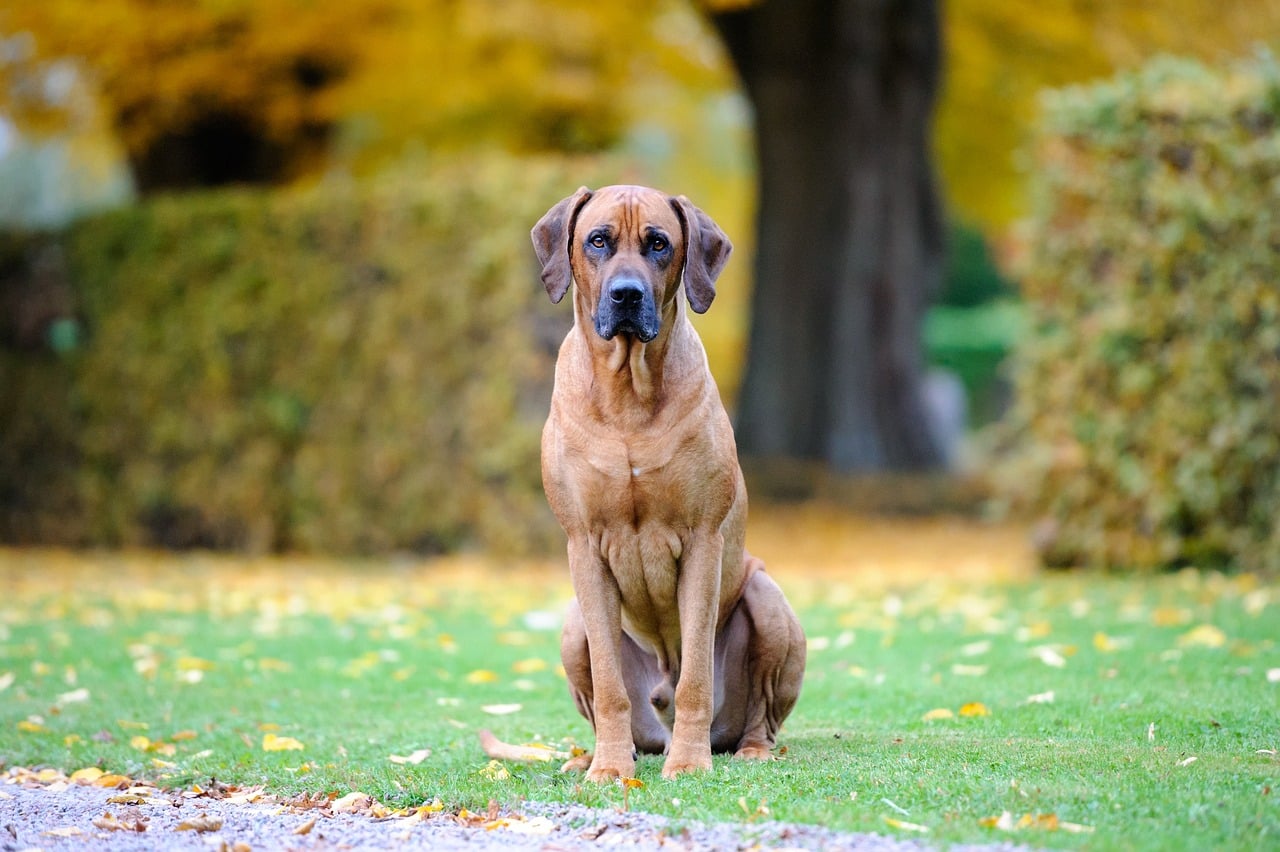 Shutterstock
Shutterstock
Bred to hunt lions in Africa, Rhodesian Ridgebacks have a strong prey drive that can make them a challenge for novice dog owners. These powerful dogs are independent, brave, and driven to chase prey. While loyal and protective of their families, their prey drive means they’ll chase anything that moves, including small animals or even children running in the yard. Ridgebacks need plenty of exercise and mental stimulation to keep their hunting instincts in check. With the right training and environment, they’re loyal and loving companions.
Irish Wolfhound
 Shutterstock
Shutterstock
As the tallest of all dog breeds, Irish Wolfhounds were originally bred to hunt wolves, so it’s no surprise they have a strong prey drive. Despite their size, Wolfhounds are gentle giants who are great with families, but their hunting instincts remain. If they see something moving, their prey drive kicks in, and they’ll want to chase it down. While they’re generally calm and good-natured, Irish Wolfhounds need plenty of space to stretch their legs and a watchful eye when small animals are nearby.
Alaskan Malamute
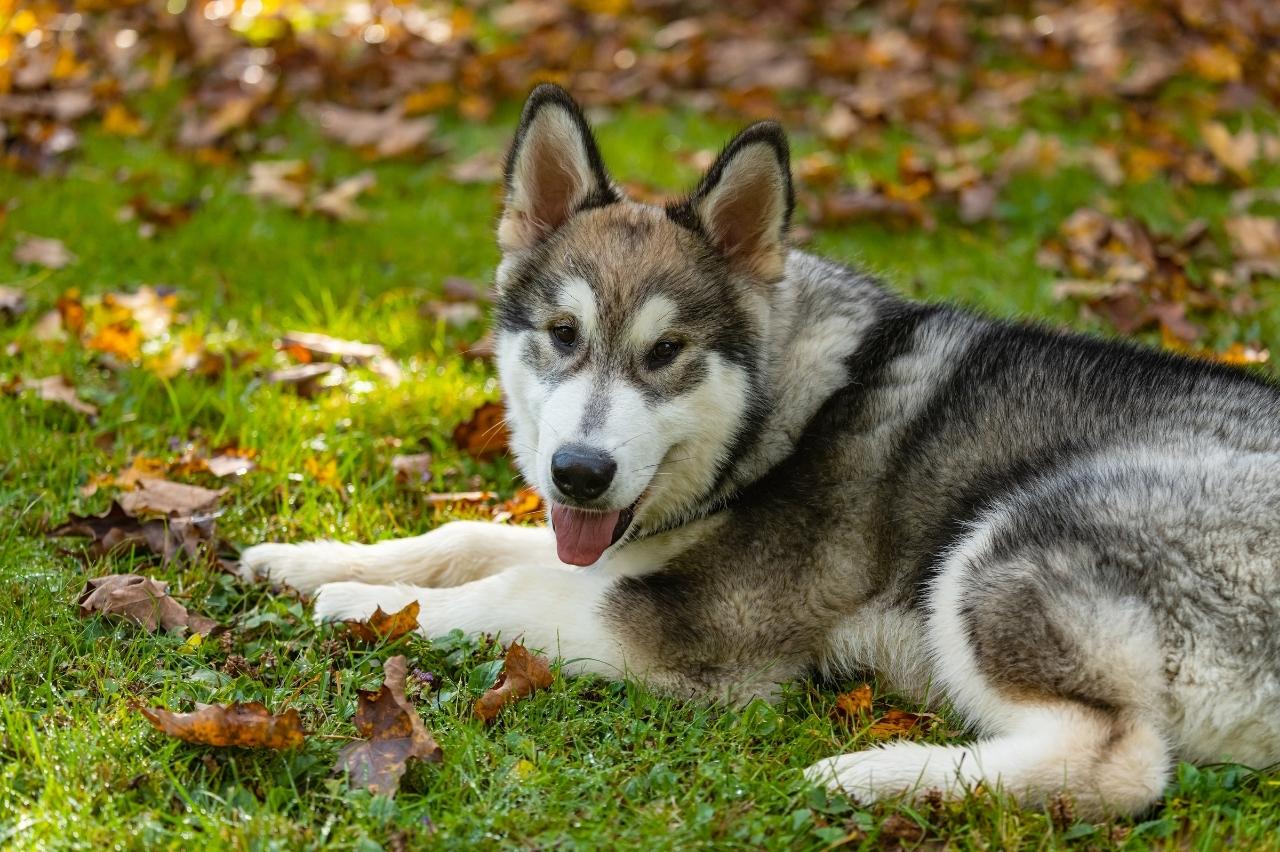 Shutterstock
Shutterstock
Like their Siberian Husky cousins, Alaskan Malamutes are strong, energetic dogs with a powerful prey drive. Bred to pull sleds and work in harsh conditions, Malamutes have a natural instinct to chase after smaller animals. They’re friendly, loyal dogs but need a lot of exercise and mental engagement to prevent boredom and unwanted behaviors. Malamutes are great for active families who can meet their physical needs, but their prey drive may not be the best fit for homes with small pets or off-leash activities.
Pharaoh Hound
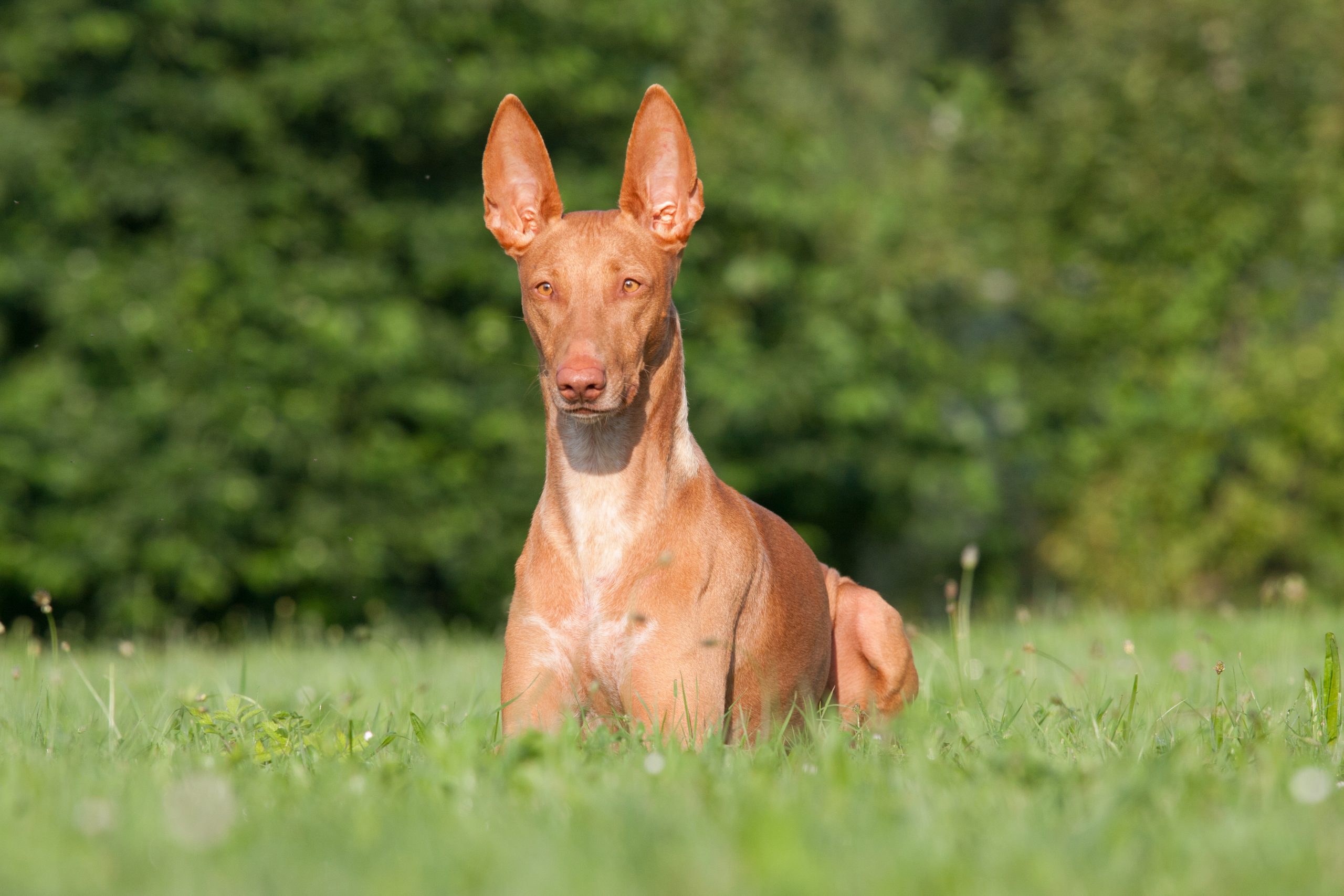 Shutterstock
Shutterstock
Pharaoh Hounds are an ancient breed once used for hunting rabbits in Malta, and their prey drive is still strong today. These elegant, athletic dogs have a natural instinct to chase anything small and fast-moving, making them a challenge for owners with cats or other small pets. Pharaoh Hounds are independent and can be a bit stubborn, but with proper training and plenty of exercise, they make loyal and loving companions. Their sleek coat and regal appearance make them stand out, but their prey drive is something to be mindful of.
Whippet
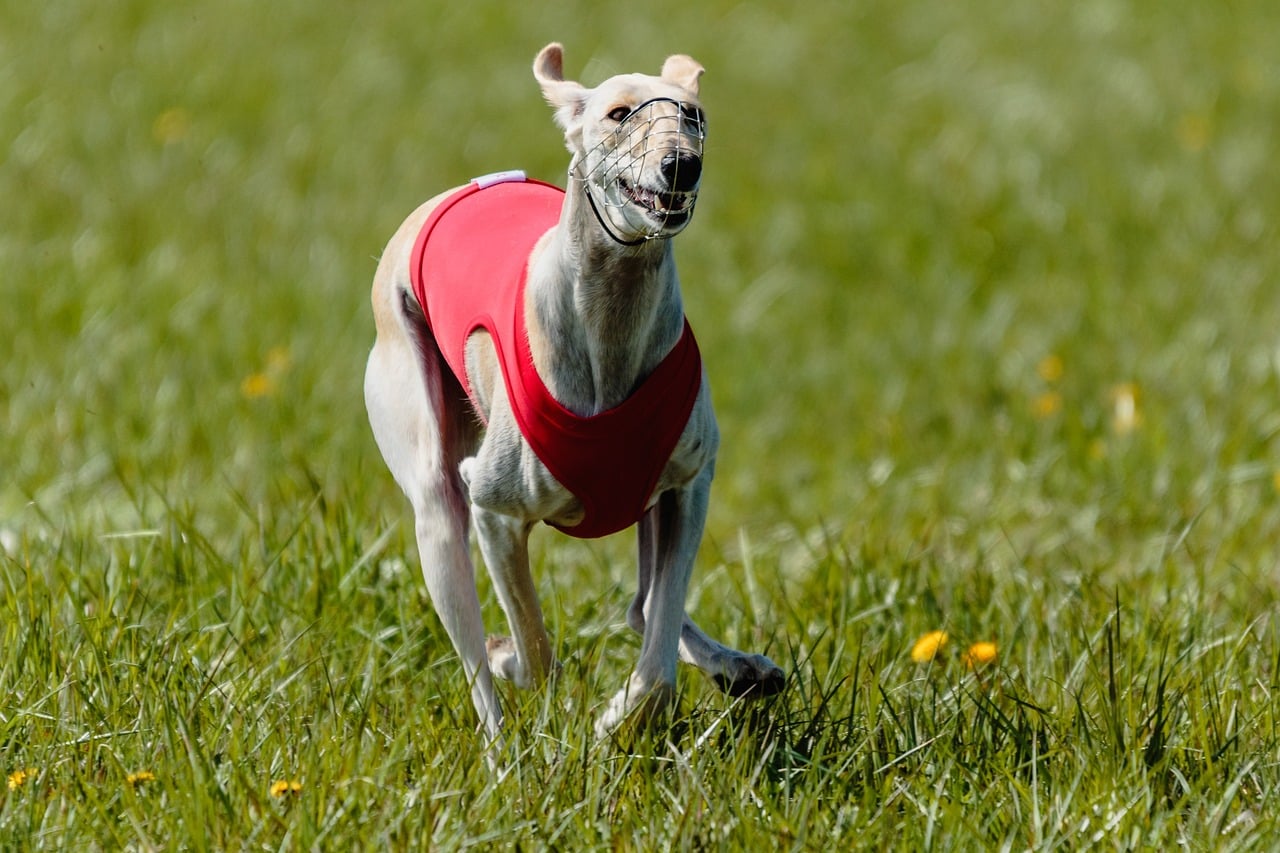 Shutterstock
Shutterstock
Whippets are similar to Greyhounds in their speed and prey drive. Bred for hunting small game, Whippets have a strong instinct to chase anything that moves quickly. Despite their high prey drive, Whippets are affectionate and calm dogs when they’re not in pursuit of something. They’re known for being great companions in the home, but once they see a rabbit or squirrel, their prey instincts take over. Whippets need plenty of exercise to keep them happy, and owners should be cautious about letting them off-leash in open areas.
The Chase is On!
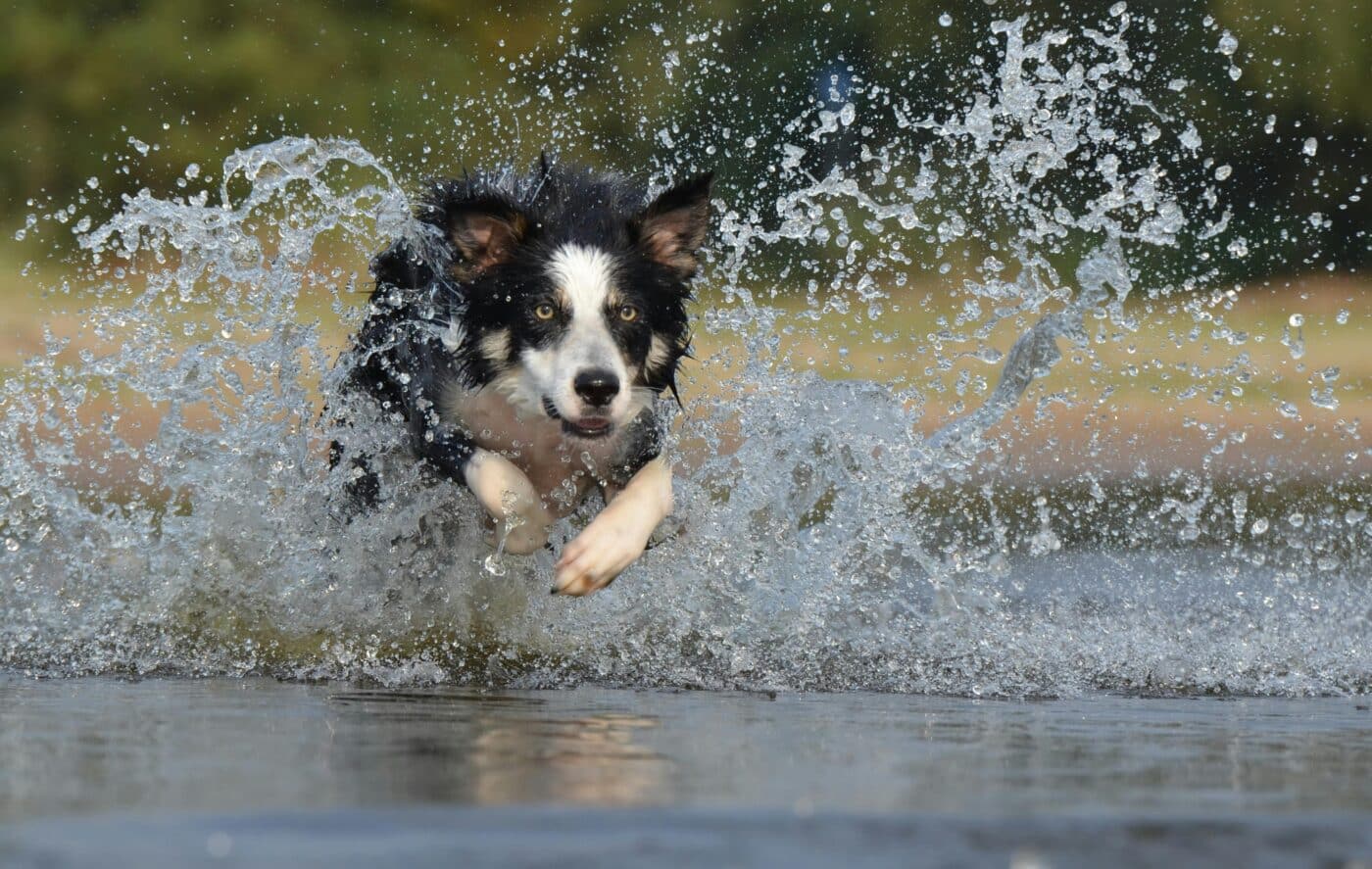 Shutterstock
Shutterstock
If you’ve got a dog with a high prey drive, you know that life is always a little more exciting (and fast-paced!). While these breeds are naturally inclined to chase, they can make loyal and loving companions with the right training and outlets for their energy. Understanding your dog’s prey drive is key to managing their behavior and ensuring a harmonious household. Whether it’s a structured environment or plenty of exercise, these dogs need an active lifestyle to thrive, making owning them all the more fun!

 1 month ago
15
1 month ago
15

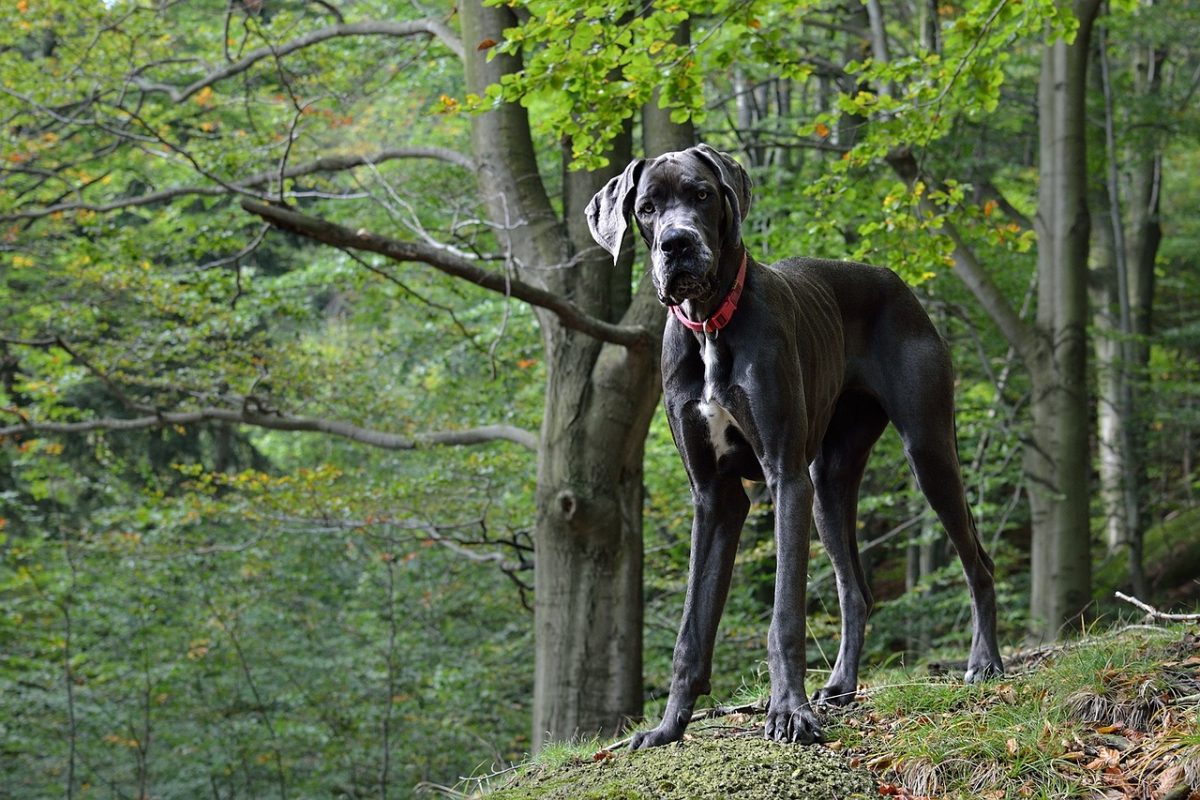



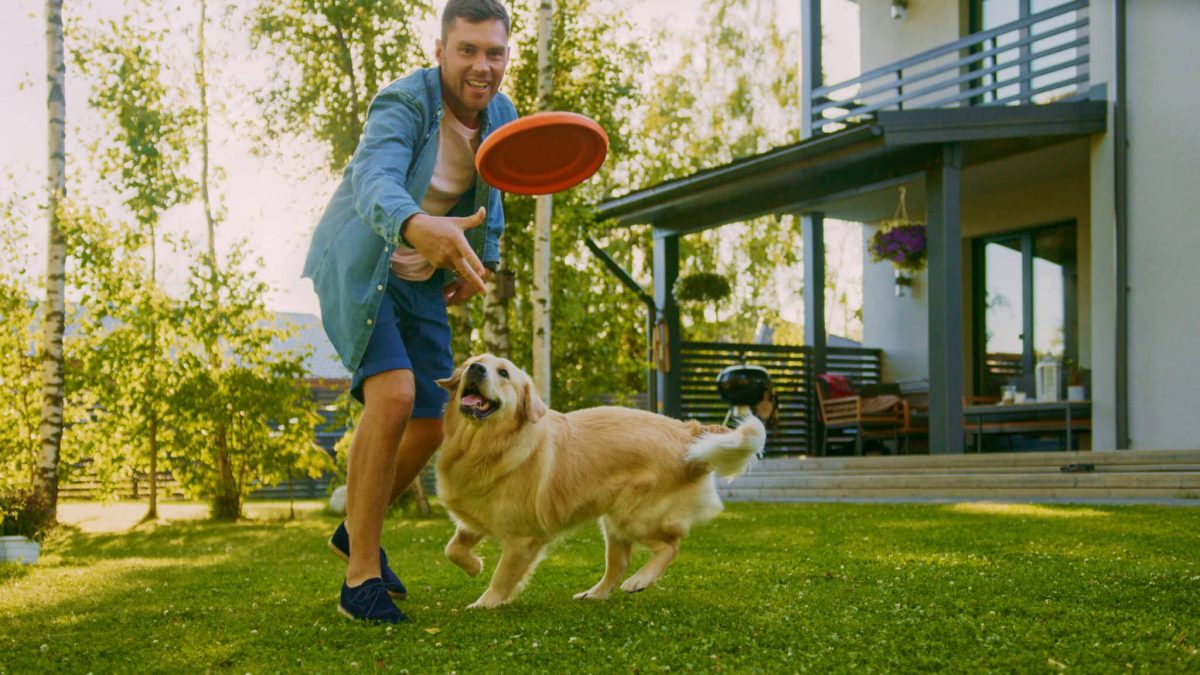

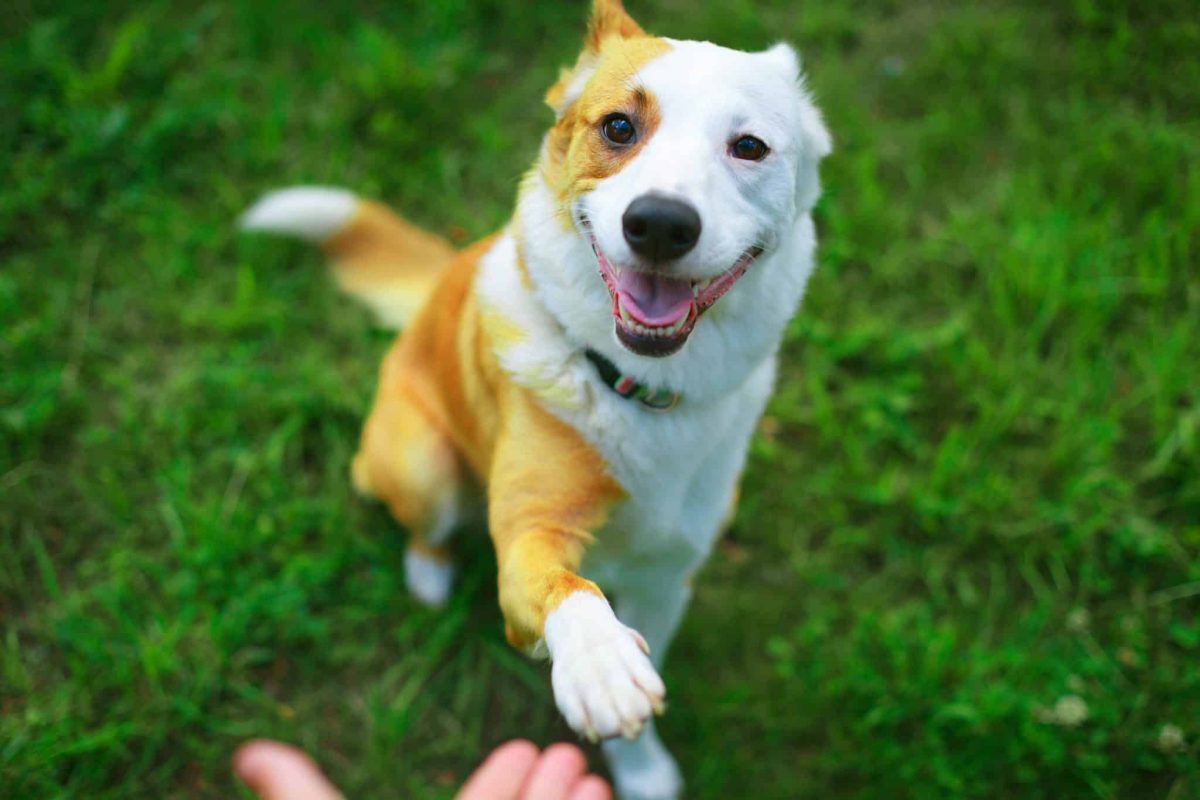



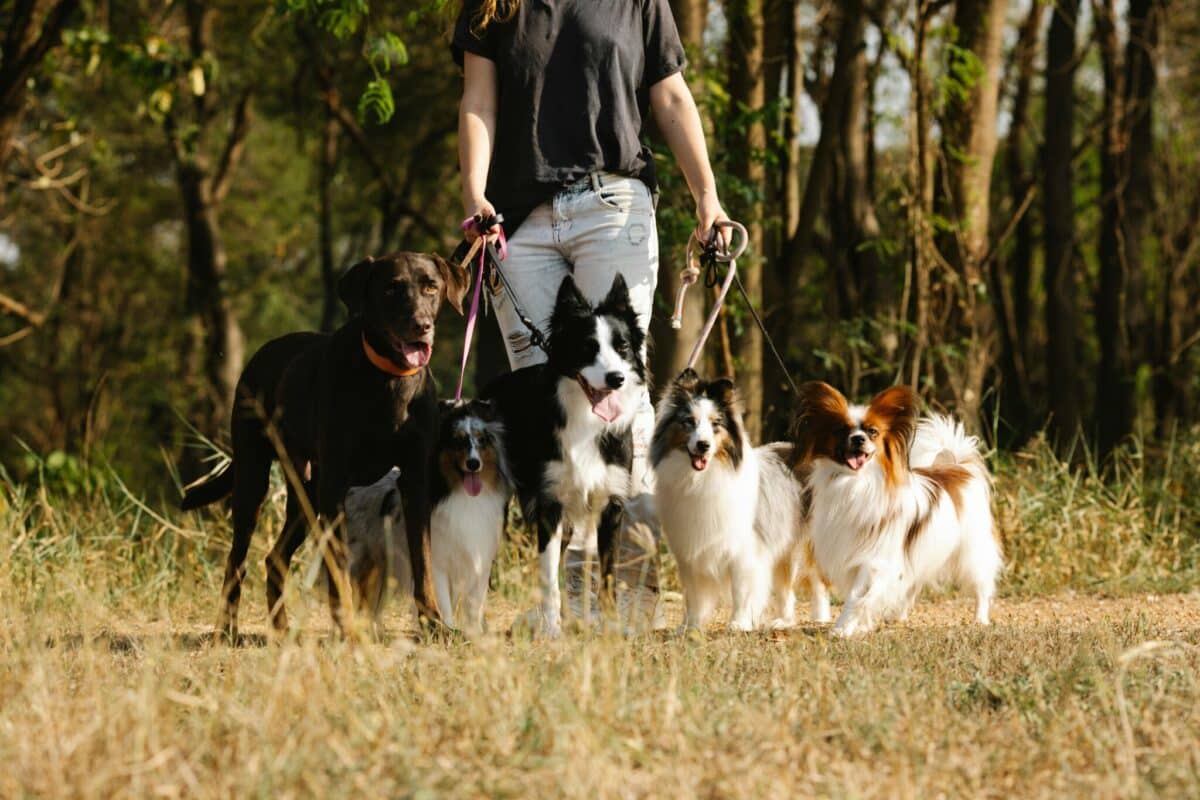
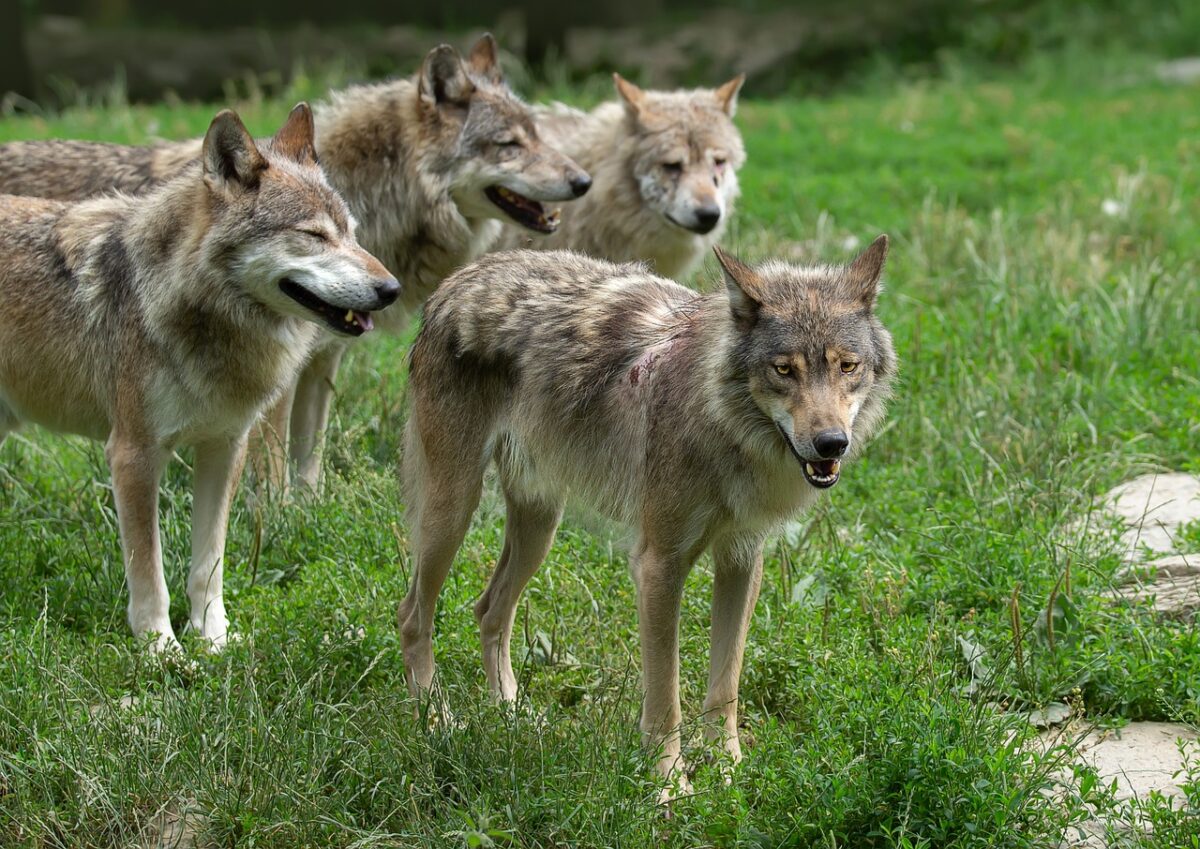





 English (US) ·
English (US) ·